I’ve always been described as “extroverted”, “fun loving”, “up for a laugh”. That’s never been the full picture, though.
Sometimes, when I was being extroverted, I didn’t feel it was within my control; I was exhausted being me. I had bleak spells that I only revealed to very close friends. I’m a master-concealer: melancholy and I have been bosom buddies for as long as I can remember.
I didn’t seek out medical help for my moods until I was 28. It was Christmas 1993 and life was hectic. I was slowly getting exhausted, racing around like a headless chicken, unsettled, anxious, couldn’t keep food down. I was losing weight. I felt as if I was watching a film of my life, not living it.
About a week before Christmas, I ground to a halt in a friend’s house. I couldn’t physically move. When she asked if I was OK, I started crying and couldn’t stop. This was my first experience of a major depression.
My GP offered me antidepressants, but I felt at that time that I could recover without them. I did, but it took six months. When the next bout of depression came along, six months later, I was more than happy to try medication.
For the next decade, I went through the same cycle, three to four times a year: a period of great vitality and energy followed by a plummeting-down into depression. I had been on antidepressants for years by then, and couldn’t understand why this kept happening. I spoke to various GPs over the years, but they had no answers for me.
When we moved house and registered with a new GP, I decided to start pushing for a referral to a psychiatrist. I felt that something was being missed, and I had just read an article on bipolar which made my jaw drop – so many of the symptoms described what I faced.
My experience with this GP was rather disheartening. “You don’t present as someone with bipolar,” she said, dismissively.
I stood my ground and asked why I kept on having these recurrent highs before crash-landing back into depression. With great reluctance, she referred me for a psychiatric evaluation. The psychiatrist assessed that, yes, I had bipolar – my mood swings were what is called “rapid cycling”: going from highs to lows several times in a year.
Imagine your worst day multiplied by a thousand
I have hypomania, as opposed to mania. To others, it may look like I’m extremely happy, full of the joys of life, when, really, I’m in overdrive, agitated, unable to sleep. It can be subtle if you’re on the outside. Full-blown mania is more obvious – an individual can appear well beyond the normal, “acceptable” level of happiness, and may throw caution to the wind in how they act.
It’s common enough for people to say they feel blue or low; most of us can relate to having a bad day. Imagine your worst day multiplied by a thousand, though.
I experience what I call “the blackness”. The pain is unbearable. All the pleasure of life has disappeared, and an all-pervading darkness clings to me. Neither mental state is a great place to be, but the lows are far worse for me than a high, hypomanic episode. Yes, thoughts of suicide have come into my head on such occasions, but I’m still here. I genuinely want to live.
I’m still writing this under a pseudonym. It’s not easy to be open about an illness if you could become a social pariah
The good news is that medication, tailored to the needs of each sufferer, is quite effective. The bad news is that bipolar isn’t curable, it’s for life. And, even with medication, many bipolar sufferers still get degrees of mood swings. With the help of medication and a good support network, though, we can have a good quality of life and be productive members of society.
However, I’m still writing this under a pseudonym. It’s not easy to be open about an illness if you could become a social pariah. About 10 years ago, I had gone through a low mood spell – enough to mean I didn’t go out for a few weeks. One afternoon, I met an acquaintance in the town centre who said: “I haven’t seen you for ages – have you been in the nut hoose?”
Elation and joy along with bleakness and hopelessness
In the 21 years since my diagnosis, I have met some incredibly compassionate and understanding community psychiatric nurses, GPs and psychiatrists. But, I have also encountered health professionals who seem to believe that people living with bipolar are a drain on NHS resources, and the less time and money spent on us, the better.
I do sometimes wonder if some of them have ever seen someone with bipolar as a person, and not just as a patient. Currently, I find myself totally unsupported unless I have a breakdown and require intervention. This is not a good way to live.
Living with bipolar is like riding on a rollercoaster. I can feel great elation and joy listening to moving music, hearing a friend’s good news, or enjoying food. I can play musical instruments and be great fun at a party or social gathering. I can also be tired beyond belief, traumatised by the sense of bleakness and hopelessness I feel.
But, I have this illness for life. So, I’m committed to living as best I can, both enjoying the pleasures life can bring and working through the dark times.
- World Bipolar Day is Saturday March 30. It currently takes, on average, 9.8 years for someone to receive a diagnosis of bipolar.
The writer of this comment piece lives in north-east Scotland and accesses one-on-one peer support through Bipolar Scotland. To find out more about bipolar and about the services available to people living in Scotland, visit bipolarscotland.org.uk
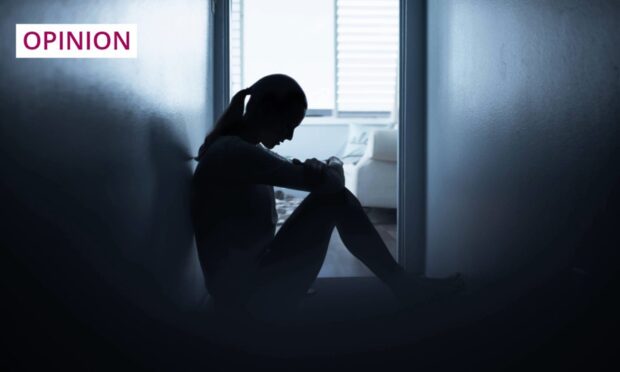

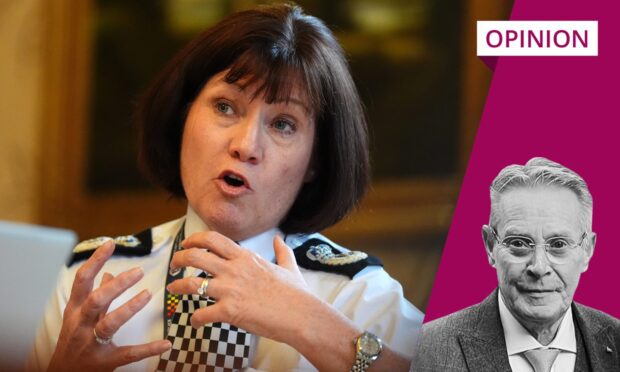
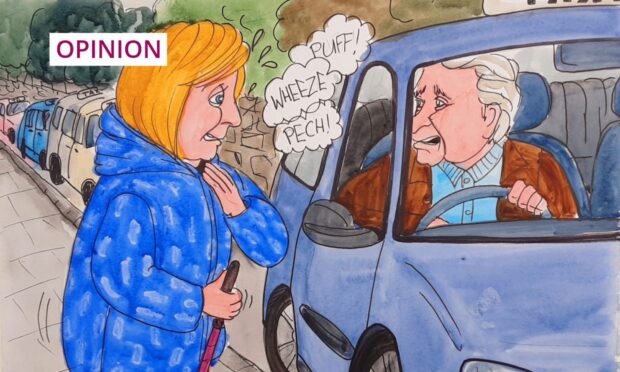
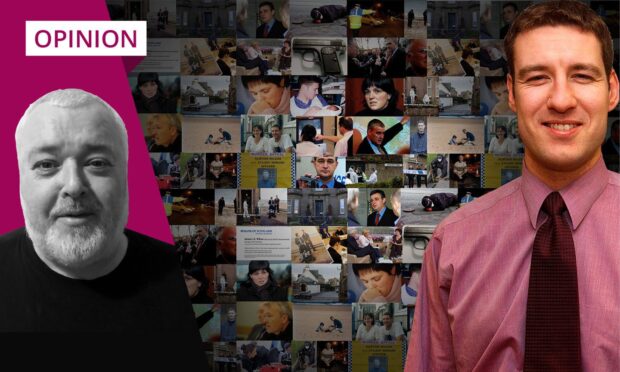
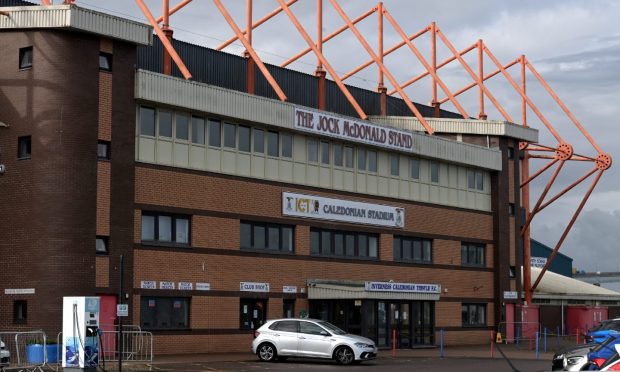
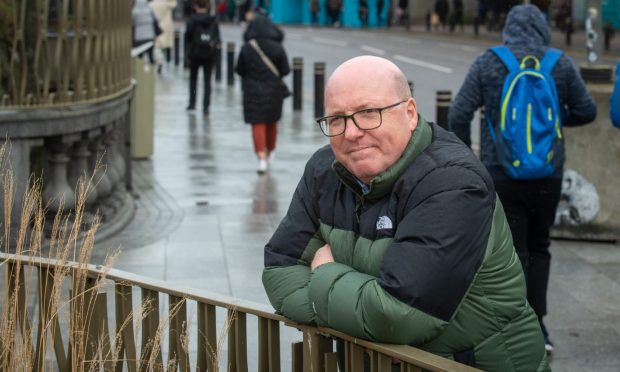

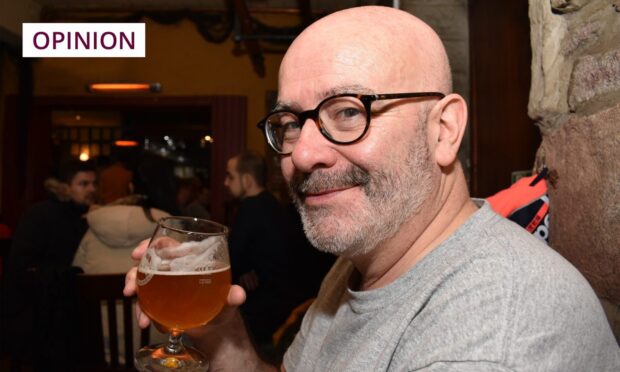
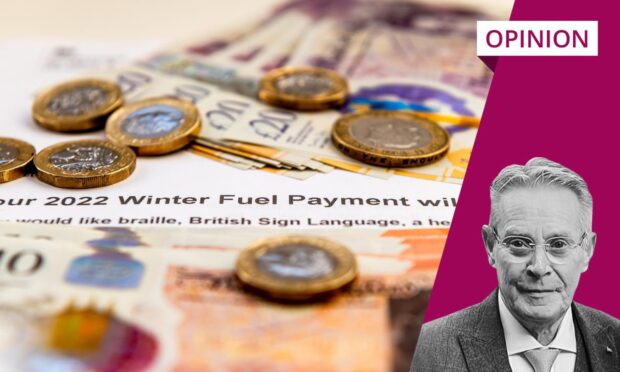

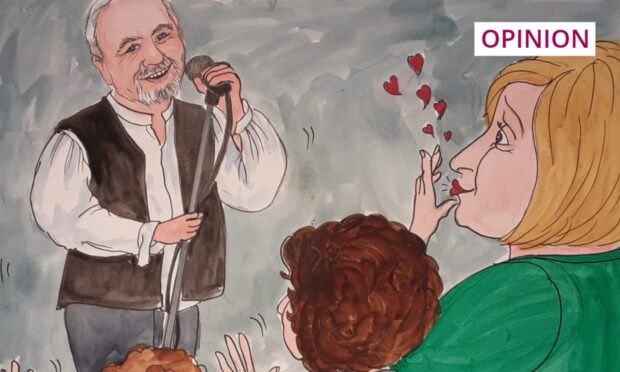
Conversation